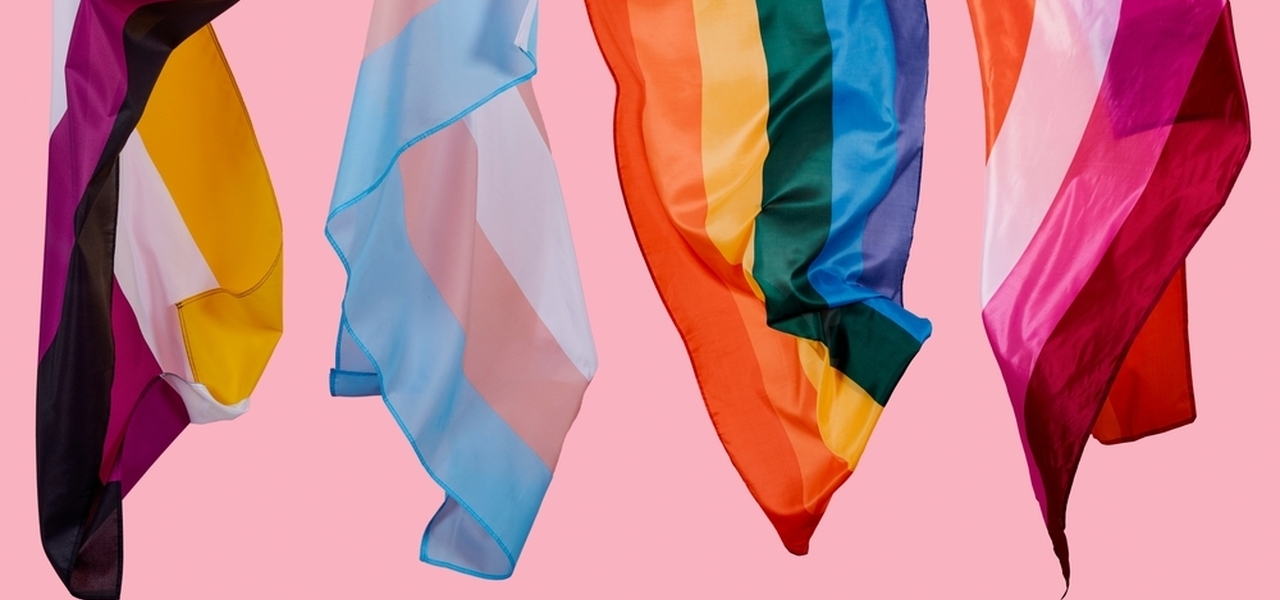(Biological) Sex
Sex can be male, female, or intersex, and refers to the biological make-up of the body based on chromosomes and reproductive organs. Biological sex cannot be changed, regardless of gender reassignment or other medical procedures. Sometimes called ‘birth sex’ or ‘sex at birth’.
Intersex
Intersex is a term that refers to a person who is born with a combination of male and female biological anatomy, preventing clear identification as male or female sex. The prevalence of intersex is about 0.018%. It is biological, and not the same as (or connected to) being transgender.
Gender
Gender refers to the socially-constructed roles, behaviours of men and women, typically in relation to stereotypical expectations of masculinity and femininity. It is often used in contrast to sex, as opposed to being used interchangeably.
Gender identity
Gender identity refers to a person’s internal sense (subjective) of their gender, in line with or in contrast to their biological sex (objective). Although the most common gender identities are male and female, some people are now identifying as ‘non-binary’, ‘genderqueer’, ‘gender fluid’, amongst others (see below).
Transgender
This is a term to describe people whose gender identity does not correspond to the sex they were at birth. The term transgender is now almost always preferred to transsexual.
Cisgender or Cis
Relates to a person whose gender identity corresponds with the sex registered for them at birth. The opposite of transgender. (cis = on the side of.)
Genderqueer
A term which encompasses gender identities which do not correspond to conventional binary gender distinctions. Other terms include non-binary, pan gender and polygender.
Non-binary
An broad term to describe those who don’t identify as male or female.
Gender fluidity/ fluid
Refers to and used by people who do not experience their sense of gender as fixed to either male or female but fluctuate on a continuum between the two.
Gender expression
How a person expresses or publicly presents their understanding of gender to the world. Someone might internally feel their identity is transgender, but may not be publicly ‘out’, and still expressing gender in line with their biological sex.
Gender dysphoria
‘Dysphoria’ is defined as “a state of unease or generalised dissatisfaction with life.”
We can therefore understand gender dysphoria as a term that describes a sense of unease that a person may have because of a mismatch between their biological sex and their internal sense of gender.
Gender reassignment
Medical intervention usually beginning with puberty blockers and cross-sex hormones. Surgery can include complete hysterectomy, bilateral mastectomy, chest reconstruction or augmentation, genital reconstruction and certain facial plastic reconstruction.
Gender Recognition Certificate (GRC)
A document allowing a person legal recognition under a new gender.
Self-ID
The ability for someone to simply identify as ‘male’ or ‘female’, regardless of whether it aligns with their biological sex, based off their gender identity (effectively, what they feel they are inside). Proposals to introduce self-ID have been put forward in Scotland and are highly controversial.
Puberty blockers
Given to teenagers to stop the changes which typically begin at puberty (such as the enlarging of breasts for biological women, or the growth of facial hair for biological men). They have been linked with a number of side-effects, including infertility.
Binders
A binder is garment typically worn by transgender people (whose biological sex is female) to flatten their breasts. Binders have been linked with several health problems for teenage girls.
Gender critical
The belief that it is sex, not gender, that should define people as men and women.
TERF
An acronym which stands for ‘trans-exclusionary radical feminist’. It is typically used, derogatorily, to describe a person who believes that trans women should be omitted from the feminist movements and frameworks.
Mermaids
Founded in 1995 by a group of parents or gender non-conforming children. It is now one of the country’s most prominent LGBTQ+ charities and has recently been subject to formal investigation by the Charity Commission.
Stonewall
Named after the 1969 Stonewall riots in New York City, Stonewall was formed in 1989 by political activists and others campaigning against Section 28 of the Local Government Act. It has become one of the largest LGBTQ+ charities in Europe and lobbying groups in the UK, and accepts gender ideology.
The Tavistock Clinic
The Tavistock Clinic, named the Gender and Identity Development Service (GIDS), was launched in 1989 to help people aged 17 and under who are struggling with their gender identity.
Following an independent review, led by Dr Hilary Cass, it was advised that the clinic should close after it was rated “inadequate” by inspectors following concerns raised by whistleblowers.

